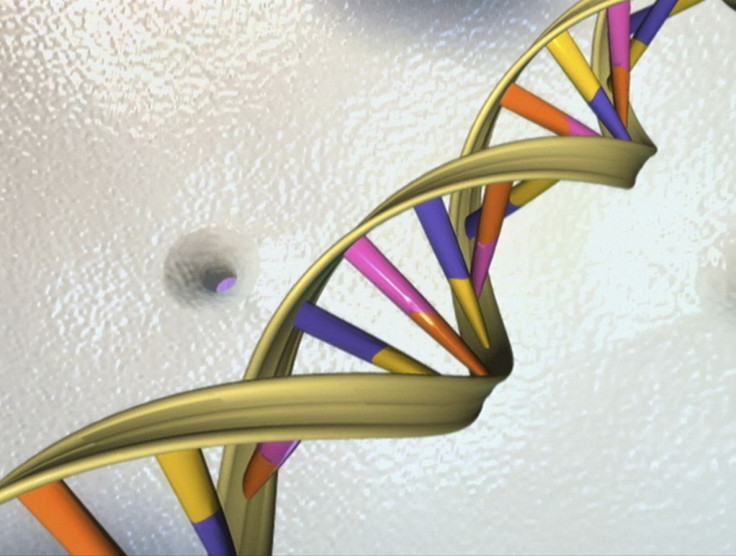Cancer Research: Cambridge Scientists Find Way To Stem Cancer Growth

Scientists at Cambridge University in England have found a way to detangle the DNA double helix to prevent four-stranded "quadruple helix" DNA structures, usually found in cancers, from reproducing. The findings could open the way to blocking the runaway cell replication at the heart of cancer.
"We are seeing links between trapping the quadruplexes with molecules and the ability to stop cells dividing, which is hugely exciting," Professor Shankar Balasubramanian of the Cambridge Department of Chemistry and Cambridge Research Institute, said in a press release.
Balasubramanian said the discovery could open the way for personalized treatment targeting the "G-quadruplexes."
The research, published Wednesday in Nature Chemistry and funded by Cancer Research U.K., caps 10 years of investigation and comes as scientists mark the 60th anniversary of the discovery of DNA, the chemical code for life.
"This research further highlights the potential for exploiting these unusual DNA structures to beat cancer -- the next part of this pipeline is to figure out how to target them in tumour cells," said Dr. Julie Sharp, senior science information manager at Cancer Research U.K.
Giulia Biffi, who led the research, generated antibody proteins that bind to parts of the human genome where these quadruplex structures can be found. She used fluorescence to mark the antibodies so researchers could find "hot spots" of the structures.
The ability to spot rapidly reproducing quadruplexes could enable the introduction of synthetic molecules or other treatments to stop the process, thereby stemming tumor growth.
"We have found that by trapping the quadruplex DNA with synthetic molecules we can sequester and stabilize them, providing important insights into how we might grind cell division to a halt," Balasubramanian said.
"The data supports the idea that certain cancer genes can be usefully interfered with by small molecules designed to bind specific DNA sequences. Many current cancer treatments attack DNA, but it's not clear what the rules are. We don't even know where in the genome some of them react -- it can be a scattergun approach."
© Copyright IBTimes 2024. All rights reserved.






















